Netflix’s 13 Reasons Why left a lot to be desired. Not that Jay Asher’s book by the same name did much better. To be concise, it was a teenage melodrama with a convoluted, repetitive and unlikely story. It was a grim and morbid version of any Freeform drama, reminiscent of the tone of Pretty Little Liars.
The main character Clay (Dylan Minnette) has a crush on Hannah Baker (Katherine Langford) who left behind tapes with stories about thirteen different people who caused her to commit suicide. Clay doesn’t have any levels or depths. He was in love with Hannah Baker and thinks he has the ability to love her back to life. This one part of his character has to pull the entire weight of the story. The book’s version of the events takes place in one night. And you think, how can one take events of one night and turn it into 13 hour-long episodes? The result is a drawn-out, mundane story trying to pass as a mystery. The execution is terribly unsteady.
Delving into the inner lives of highschool kids with emotions running high and the aftermath of a classmate’s death could have been interesting. And there are some insightful moments: the weird magic of parties; the vulnerability of budding friendships. Its attempt to show the self-absorbed nature of teens fails. It directs the audience to dismiss the obvious faults in the characters and take them at their word, trusting them completely when you really should not trust them at all.
The first episode has a tight story, but as the season progresses, it slowly unfolds, becoming messy and sometimes difficult to follow, until the rushed ending. It feels as if the writers forgot their 13 episode limit and crushed all the rest into the four remaining episodes. Each episode focused on one character, but some weren’t even interesting enough to follow for an hour of television. It set a dragging pace. And each episode is exactly as the one before: Clay listens to the tape, complains about how much pain they give him, demands more answers, then listens to another tape.
The story is told through a back and forth between the present and past. Most of the flashbacks are Hannah Baker’s blurry-edged, fuzzy, sepia-toned point of view, breaking the monotony of Clay’s tunnel vision that leads the rest of the show. There is no need for this obvious guidance. Hannah Baker’s appearance in the flashbacks are enough to indicate the past.
The show is geared toward young kids: tweens, teens, and young adults. This is a show about suicide, targeting an audience of individuals that die more from suicide than any disease. The show could have been important and educational, but the story is not real or healthy. It glorifies suicide by making it seem like it leaves behind a message for the world. It shows it as only a result of bullying when it is much more complex than just that. It also adds insult to injury by not even breaching the topic of mental illness or delving into Hannah’s background to find the source of her pain. And even though bullying can and does have an effect, the show puts the blame of the action entirely onto other people when in reality, it was Hannah’s choice. It glorifies self-harm by saying, “It’s what you do instead of killing yourself.” The show offers no other solutions aside to being troubled and having problems than suicide and there are many other paths out there to teach young kids.
The American Foundation for Suicide Prevention has regulations on how to portray suicide without leading to more death. 13 Reasons Why blatantly ignores these guidelines. The show provides no resources in the credits for audience members who are struggling with the same issues. The only episodes that had content warnings before them were the last four, but there should be one before every episode. The show graphically shows Hannah cutting her wrist, an unnecessary visual and against safety measures. Everyone watching knows she had committed suicide. There were many other ways to get their point across. For example, a scene of Hannah simply picking up a razor and stepping into the bathtub gives the audience all they need to know. The production and creative teams were not interested in considering the impact they could have.
Dull storytelling. Inappropriate dialogue. Average acting. The show is offensive to many people. The lack of research showed the creative team’s absence of care for their audience, which led to poor execution.
13 out of 13 Bad
If you are in a state of distress, please call the National Suicide Prevention Lifeline: 1-800-273-TALK (8255) Or contact the Crisis Text line by texting TALK to 741-741
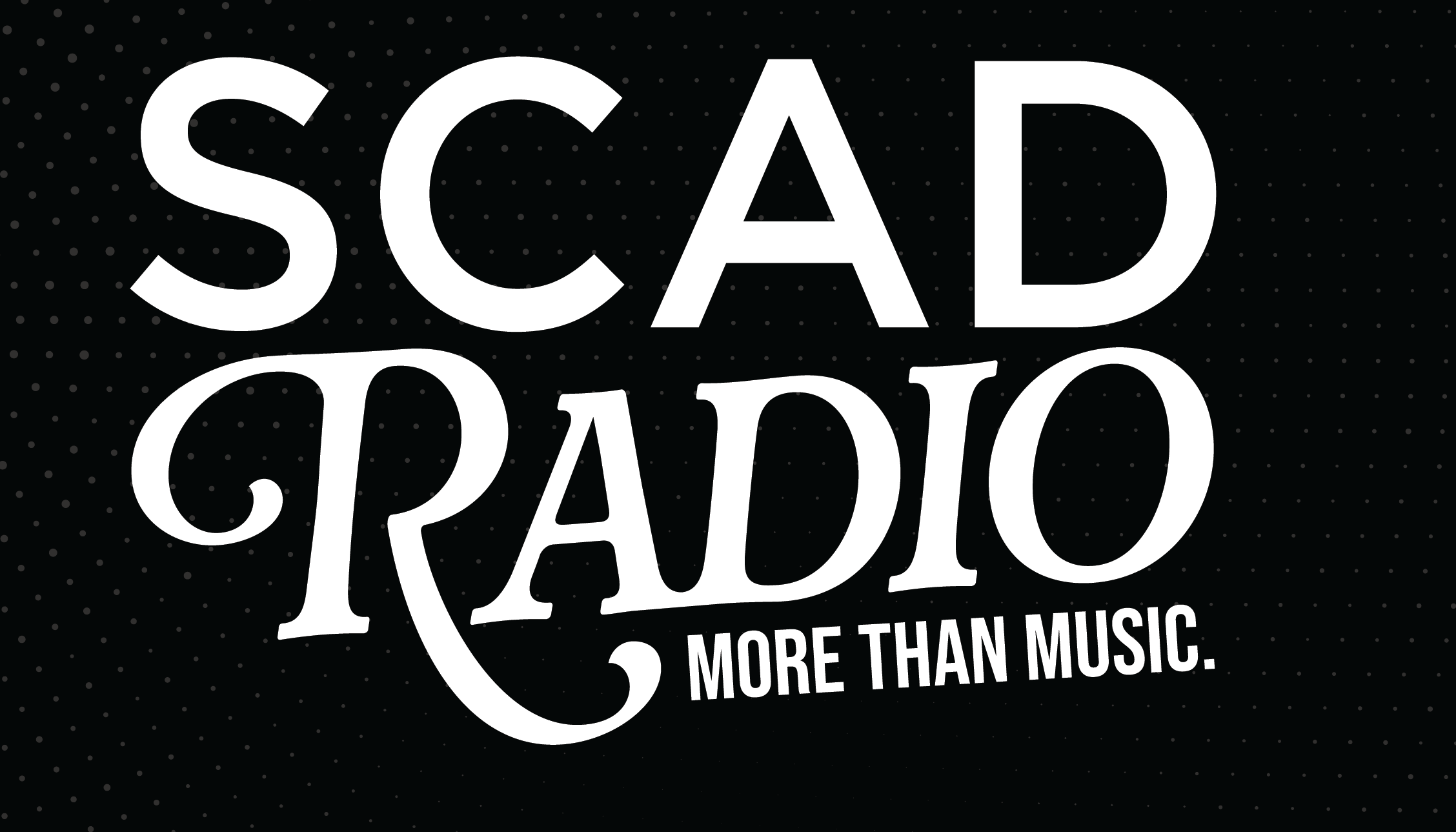
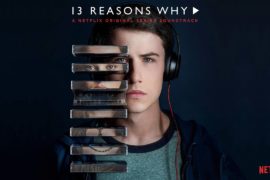
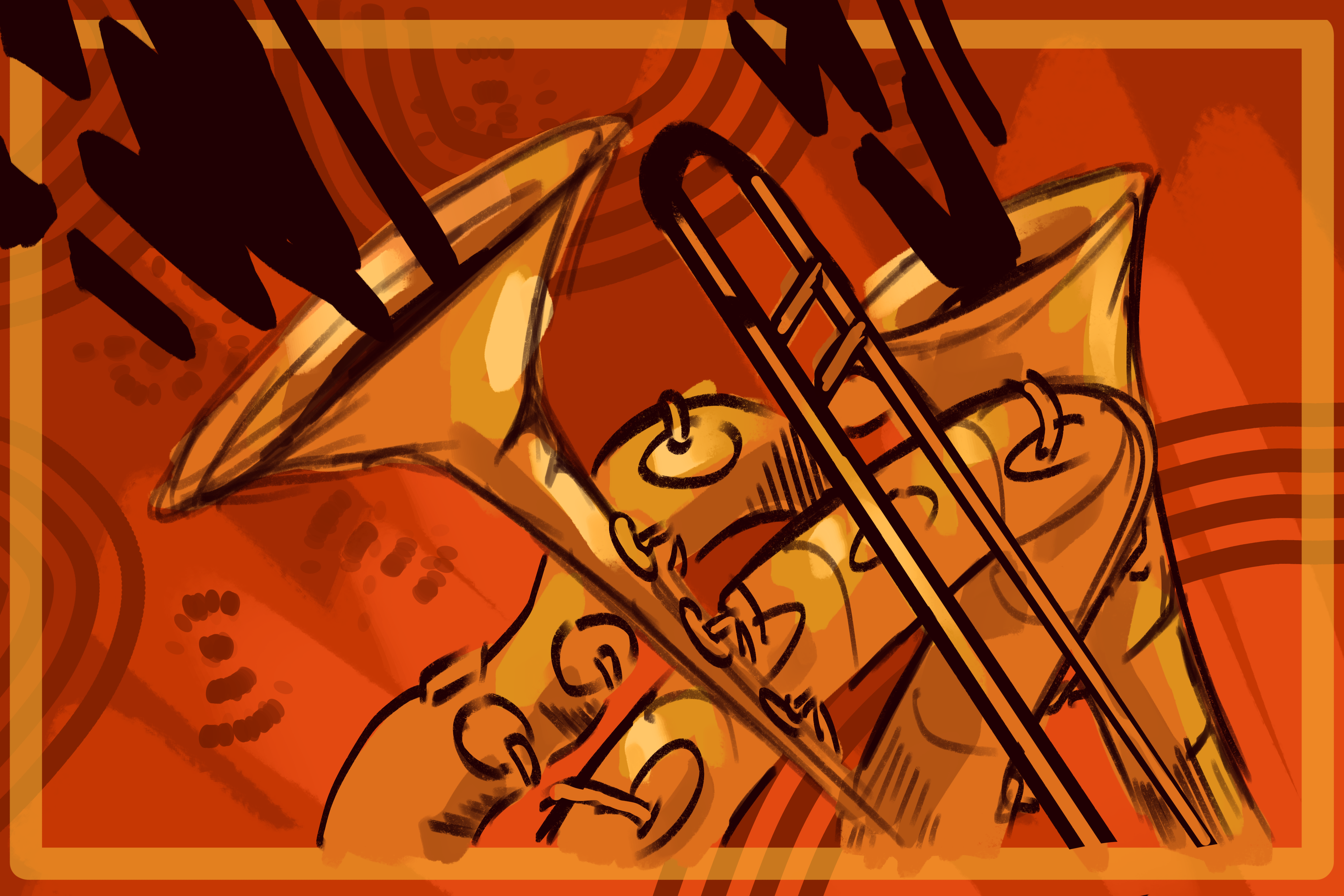
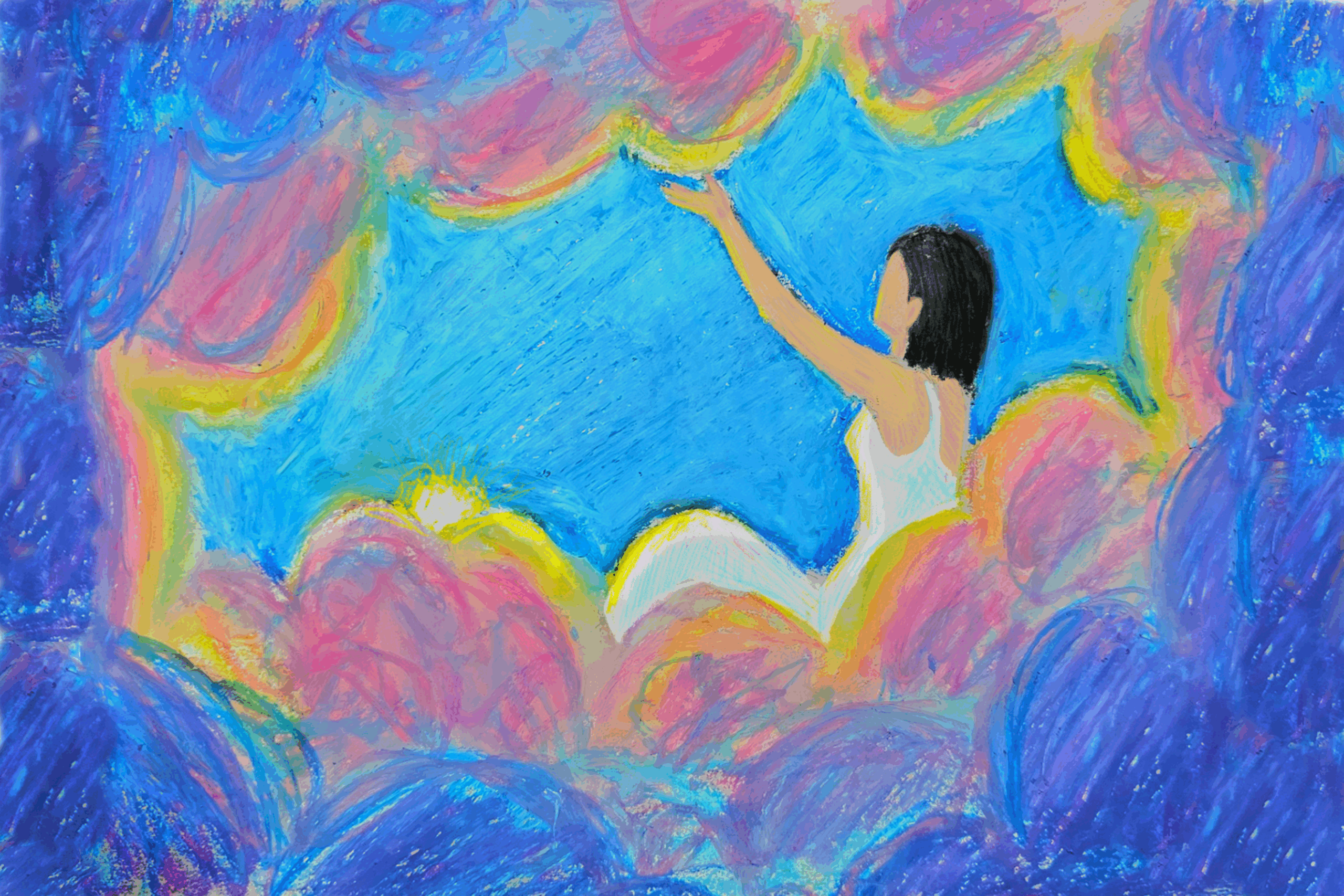
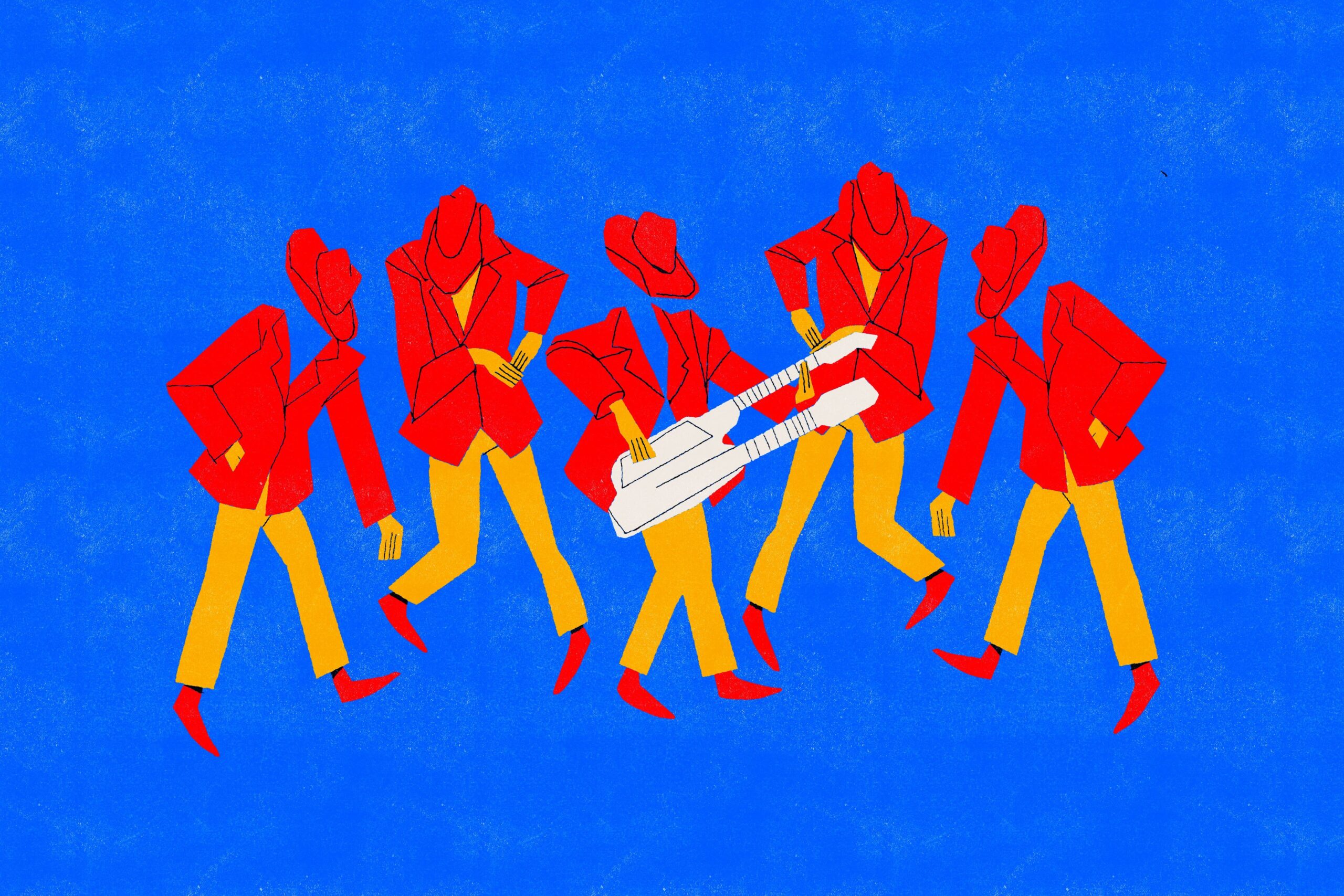

Leave a Reply